Hendrik_2000
Lieutenant General
Images aren't showing up...
Really it surprise me It show up on my screen anyway here is the link
Images aren't showing up...
Really it surprise me It show up on my screen anyway here is the link
At face value, that's what it says but Chinese look at your face and you tell them you want to work for your country, they will consider you Chinese regardless of your passport. What they meant is US citizens with no Chinese blood need not apply.Does Tencent accept sea turtle software engineers? Saw in news that Huawei no longer hire US citizens so guess that would be a no go. But seems that there is already a large pool of software engineers in China, and the competition would be incredibly tough.
They're still sea turtles. The shiny mysticism has been lost; in the 90's a sea turtle could go back and spout nonsense and people would eat it all up and say he's a genius. Now, he has to actually know his shit and not just be full of it.I don’t think the sea turtles are as hot as before. The sea turtles have become seaweed long time ago...
Late 1990’s and early 2000’s was the good time for sea turtles. So many of them went back and plus the domestic competition. They became seaweed around 2010... I don’t know what they are called now.
nowYesterday at 1:59 AMand
·
Lancé le 5 Juin par une CZ-11H depuis un semi-submersible positionné en mer Jaune, le satellite Jilin-1-03A a renvoyé au sol ses premiers clichés aujourd'hui, pris au-dessus de Los Angeles. Il pèse < 40kg, et dispose de caméras d'une résolution < 1,1m pour une fauchée > 18km.
Translated from French by
Launched on June 5 by a CZ-11H from a semi-submersible positioned in the Yellow Sea, the Jilin-1-03A satellite returned to the ground its first shots today, taken over Los Angeles. He weighs < 40kg, and has cameras of a resolution < 1.1m for a mowed > 18km.
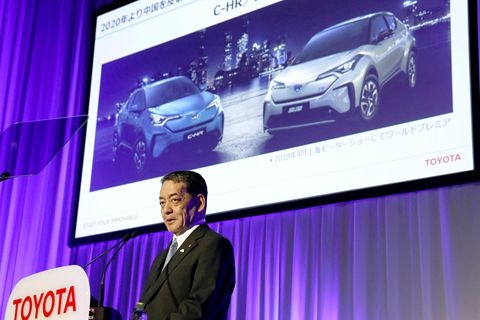
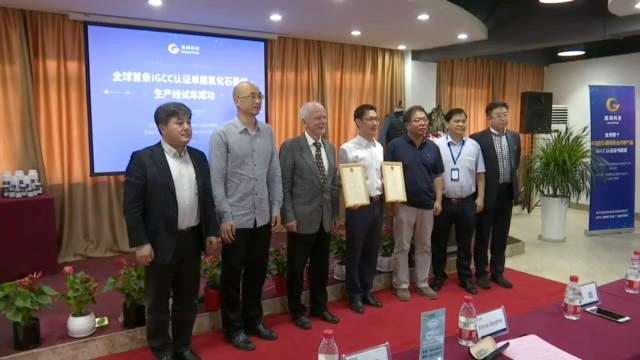
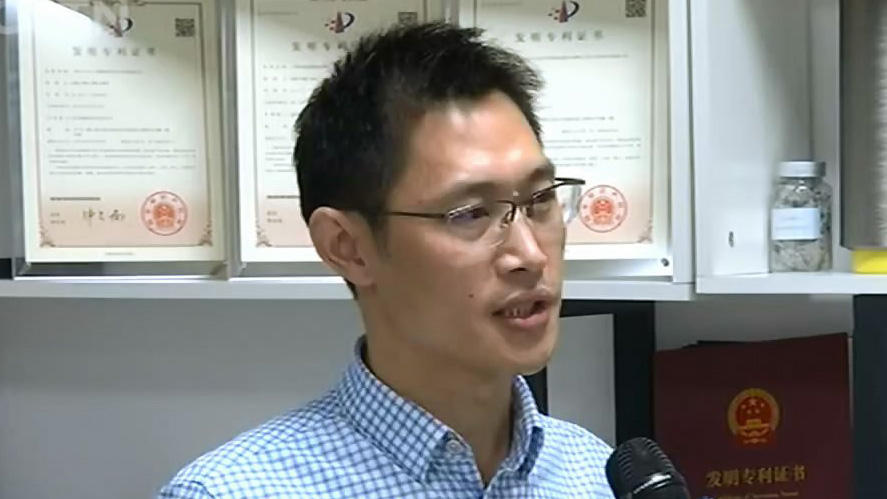
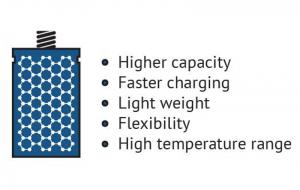
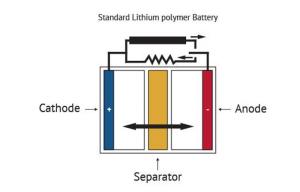
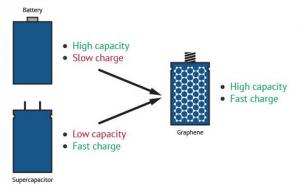
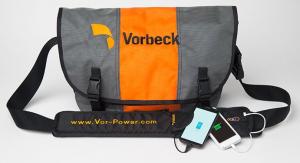
A lunar day equals 14 days on Earth, a lunar night the same length. The Chang'e-4 probe switches to dormant mode during the lunar night due to lack of solar power.
During the sixth lunar day of the probe on the Moon, the scientific instruments on the lander and rover worked well, and about 1,654 MB of scientific detection data were sent to the core research team for analysis.
As a result of the tidal locking effect, the Moon's revolution cycle is the same as its rotation cycle, and the same side always faces the Earth.
The far side of the Moon has unique features, and scientists expect the Chang'e-4 could bring breakthrough findings.
The scientific tasks of the Chang'e-4 mission include low-frequency radio astronomical observation, surveying the terrain and landforms, detecting the mineral composition and shallow lunar surface structure, and measuring neutron radiation and neutral atoms.
Using data obtained by the visible and near-infrared spectrometer installed on Yutu-2, a research team led by Li Chunlai, with the National Astronomical Observatories of China under the Chinese Academy of Sciences, found that the lunar soil in the landing area of the Chang'e-4 probe contains olivine and pyroxene which came from the lunar mantle deep inside the Moon.
The discovery, recently published in the academic journal Nature, could help unravel the mystery of the lunar mantle composition and the formation and evolution of the Moon and the Earth.
The Chang'e-4 mission embodies China's hope to combine wisdom in space exploration with four payloads developed by the Netherlands, Germany, Sweden and Saudi Arabia.
